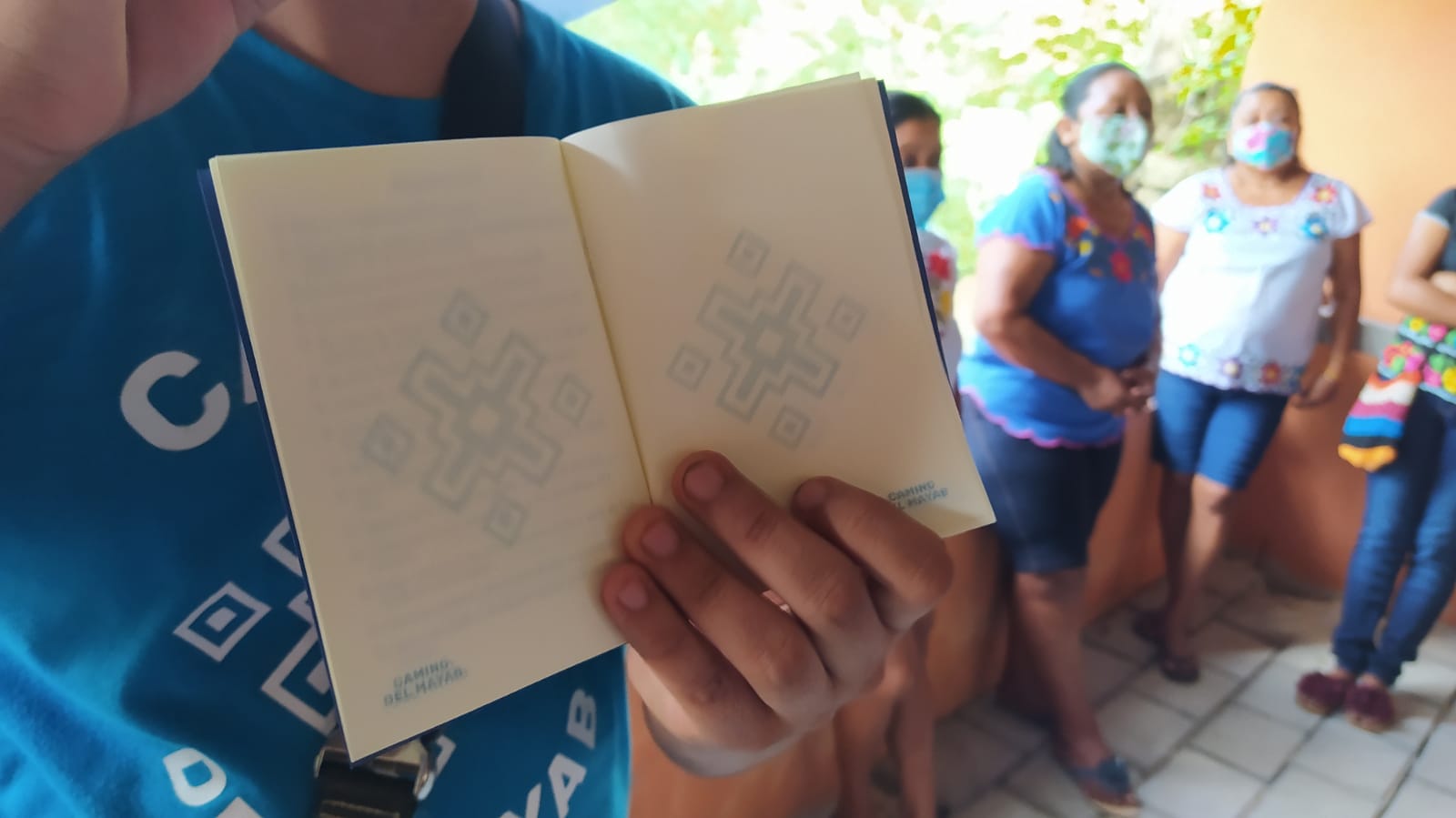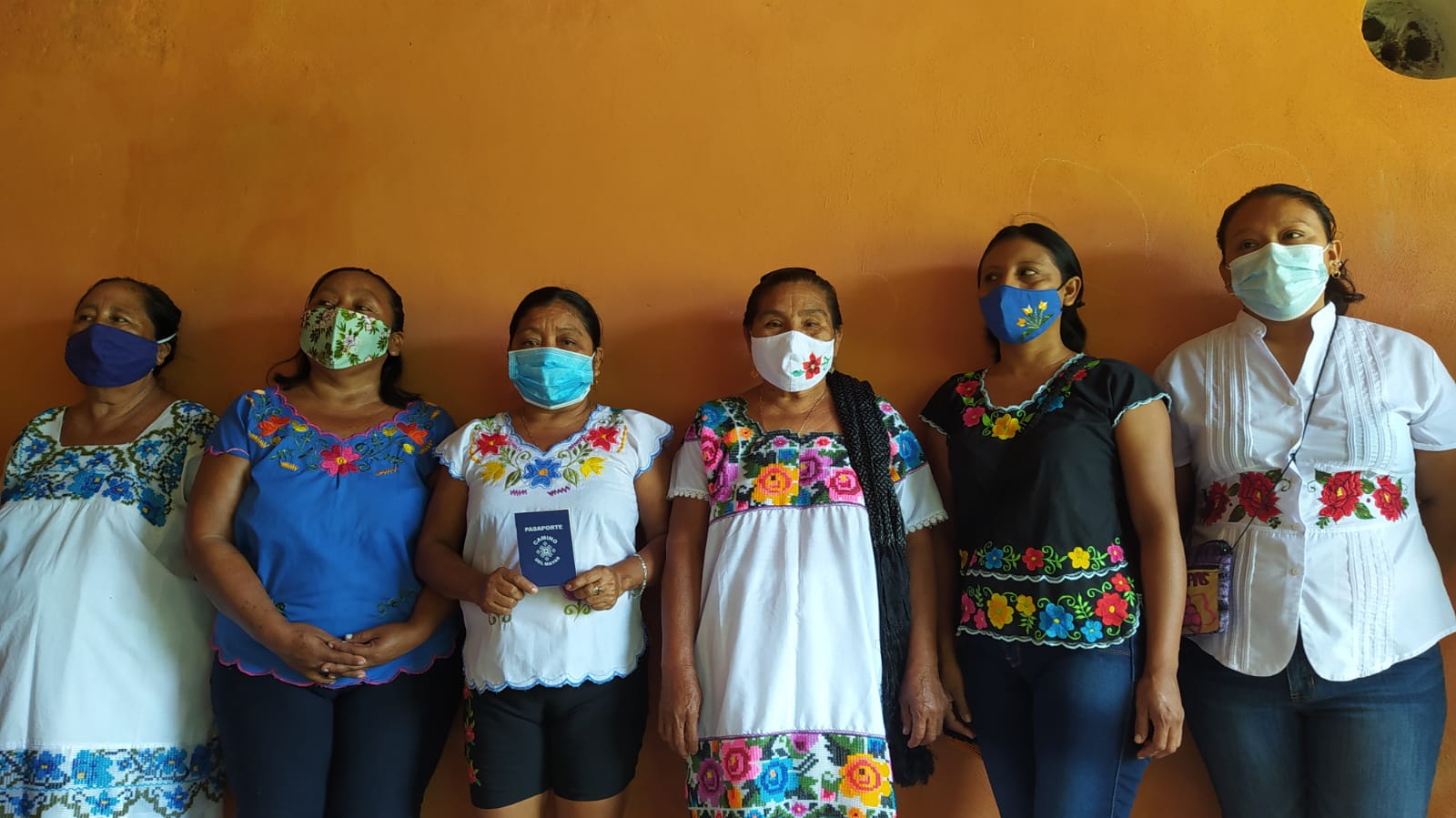YUCATÁN, (July 09, 2021).- Camino del Mayab is the first long-distance trail in the country. A community tourism project, where through its 111 kilometers (69 miles), connecting 14 communities in Yucatan, people can create a special bond with natural beauties, observe the low forest, its fauna, live with inhabitants of the towns, enjoy the rich gastronomy in the same houses of the locals, and learn more about the natural treasures found within the region.
The lands that are part of these trails are mystical, full of green colors, and decorated by the Maya jungle. Several species of animals coexist in these scenarios. Urban development does not exist here, and it is not necessary either. The idea is to admire the fantastic landscapes full of trees and vegetation that travelers can not find in big cities like Mérida.
Away from the city, from technology and internet connections, people move away from the hustle and bustle of such places. The visual experience is what one needs to focus on. Either on foot or by bicycle, one cannot fail to admire the landscape that these roads offer more than 200 years old, full of history and rich tradition.

In addition, this tourism project also contributes to the organization of the women and men of these localities, their development, and governance, to take advantage of their resources, their ancestral knowledge so that they benefit from community tourism, where the environment is taken care of and also receive support for their economy.
On June 18th, promoters of this project, in coordination with the Yucatan Tourism Development Secretariat (Sefotur), took a tour in the company of some local media to demonstrate some of the trails and attractions that make up this initiative.
The first point was Mucuychén, a town located in the municipality of Abalá, where a group of Maya women talked about their newly formed cooperative. In this place, the local women are working on the adaptation of a community dining room in the center of the town.
They will soon have a small garden and farm animals to provide all the necessary inputs for the preparation of the dishes that they will offer to visitors.
The women declared that Camino del Mayab has been a great ally for the arrival of tourism; Well, several people come to the community to go hiking and take the opportunity to consume their products, some even offer their own patios for the preparation of traditional dishes.
The next destination was Yunkú, located in the municipality of Sacalum, where they began the journey through these Maya roads. The guide for this experience was Emiliano Méndez, who dressed in long boots, a turban on his head and accompanied by a pole with a pointed tip, explained some simple rules that all walkers must follow before starting: no one should go in front of the guide, you should not touch anything you find – because there are plants that can be stinging – and no one should separate from the group.

Throughout more than a kilometer, Emiliano explained every detail of what people were observing, from small insects and their relationship with different plants, to how they coexist and depend on each other. He also mentioned the names of several animal and plant species along the way.
“We seek to create this harmony between communities, culture, and nature. Many times we do not know where things come from, or worse, how to conserve something that we do not know anything about, part of the main work is that people can connect through all their senses, listening, observing, smelling, and walking through these trails, ” he said while everyone listened carefully.
The guide commented that these trails are magical, and each person who visits them leaves with a different vision of life and nature. Some come in search of adventure, others to connect with the jungle, be in peace, tranquility, or forget their everyday problems. Anyway, no one is the same after traveling these roads, he assures.
In the middle of this path in particular, is the Yunkú cenote, which is protected by the ejido. The cenote is cave-like, you have to go down some steep stairs. The cavern is surrounded by several stalactites and through its viewpoint, people can take photos and enjoy the view.

Back in the heart of the community, the Doña Macy cooperative group welcomed walkers who were obviously tired from the journey. At the entrance of her home, people can enjoy a variety of typical Yucatecan dishes, such as salbutes, panuchos, chaya empanadas, among other stews accompanied by refreshing horchata and jamaica natural drinks.
Once satisfied, the walkers started to walk again. In the middle of the community, they met other tourists from León, Guanajuato, who shared their experiences. They found out about this project through social networks; they are “walkers at heart”. They are looking for spiritual spaces in contact with nature, so they decided to come to know the Maya trails. They have traveled to various places, they are even pilgrims on the Camino de Santiago, in Spain, but currently, they could not go due to the Covid-19 pandemic, so Camino del Mayab was an excellent option for their favorite activity.
“Today is our fourth day and it is a wonderful trip, especially because the people here are very authentic and pure, their trails are clean, transparent, totally integrated with nature, and very well cared for”, said Alejandra Álvarez Torres from León, Guanajuato.

One of the last points of the tour was the Hacienda Yunkú, which is located in the center of the community. It is surrounded by trees and vegetation of the area and some exotic plants. One of its main attractions is that it has its own cenote, which features a beautiful and large pool and from where the plants are watered through a system of rustic aqueducts. In the place, people can stay in some of its five rooms, go hiking, or cycle through the sites.
The current administrators explained that due to its elevation, the hacienda may have been built on top of an ancient Maya city. The central architectural complex of the hacienda is made up of three buildings: the main house, the machinery room, and the administrator’s house all organized around a square that functions as an articulating and distributing space.
In the end, the walkers were able to appreciate the beautiful crafts made by several of the inhabitants. In their own homes, women make hand-woven blouses, cross-stitched blouses, bags, key chains, and other items.
Alberto Gutiérrez Cervera, director of Camino del Mayab, explained that before starting the tour, people obtain a passport, which has a cost of 500 pesos, which allows them to visit the 14 communities and their attractions, to each place they visit he puts a stamp on the passport. If they get at least 10 stamps, people get recognition as “Guardian of the jungle and of the Maya culture”.

The project came into operation in October last year, and so far more than 500 people have visited the trails; 200 of them have done it in hiking and the rest on a bicycle.
“In the end, we want to do community-based tourism, ecotourism, involving the inhabitants of the communities, promoting their development,” Alberto Gutiérrez Cervera, director of Camino del Mayab concluded.
Source: La Jornada Maya


